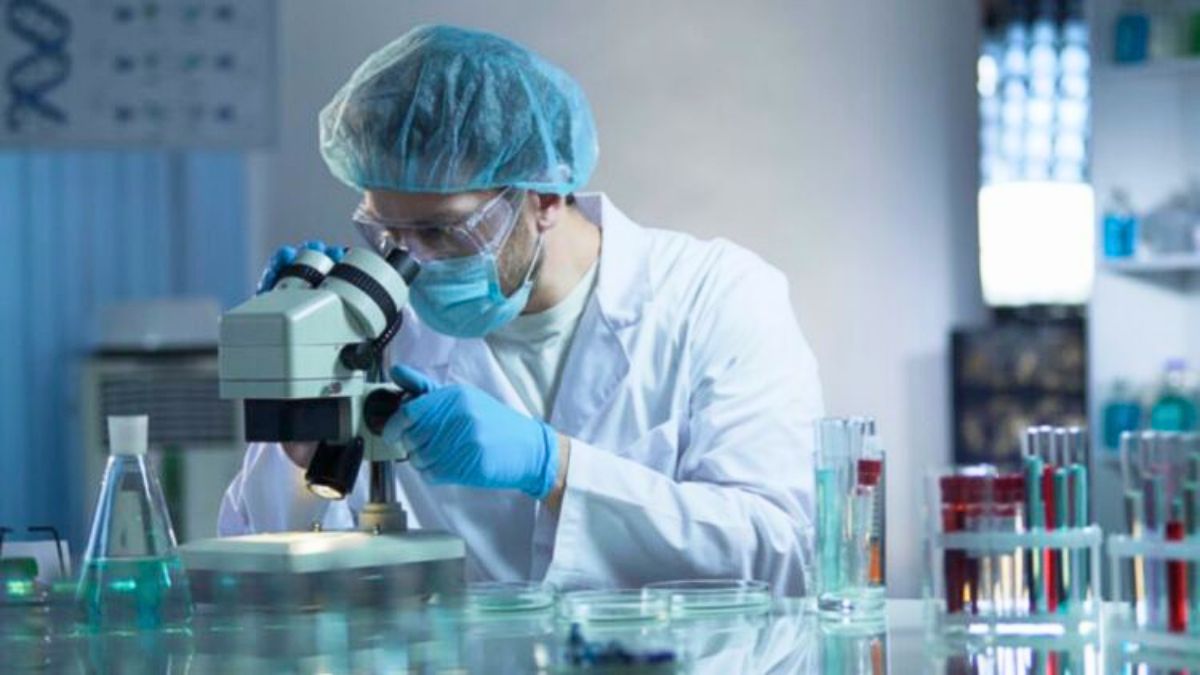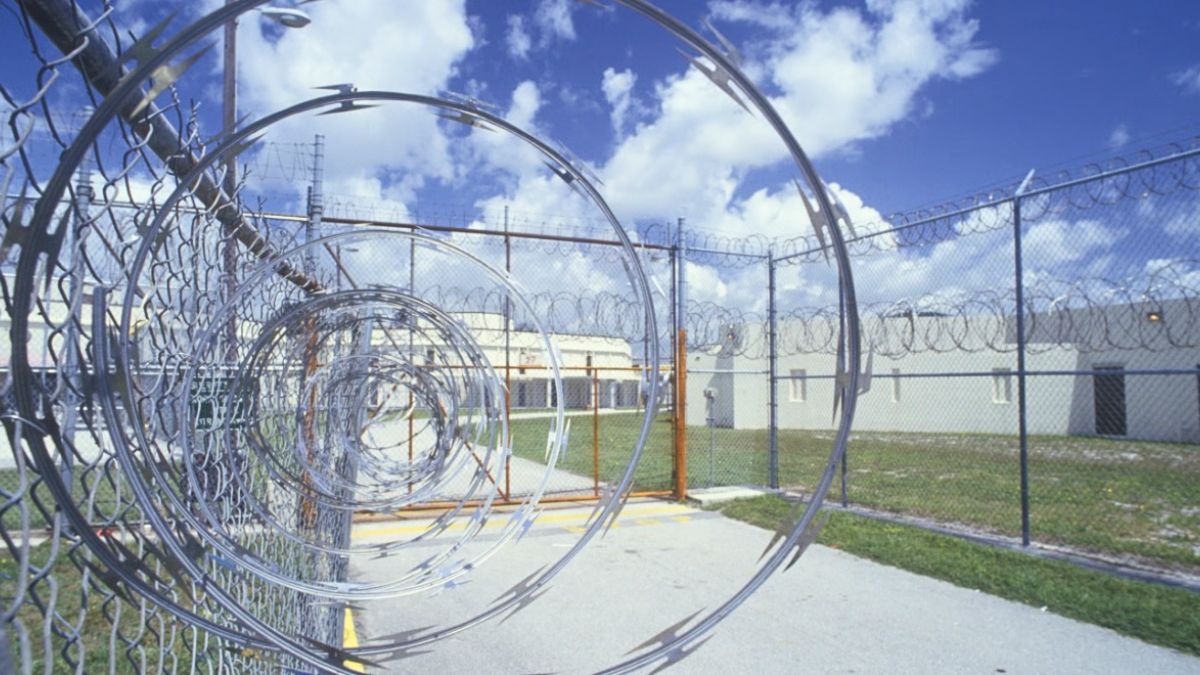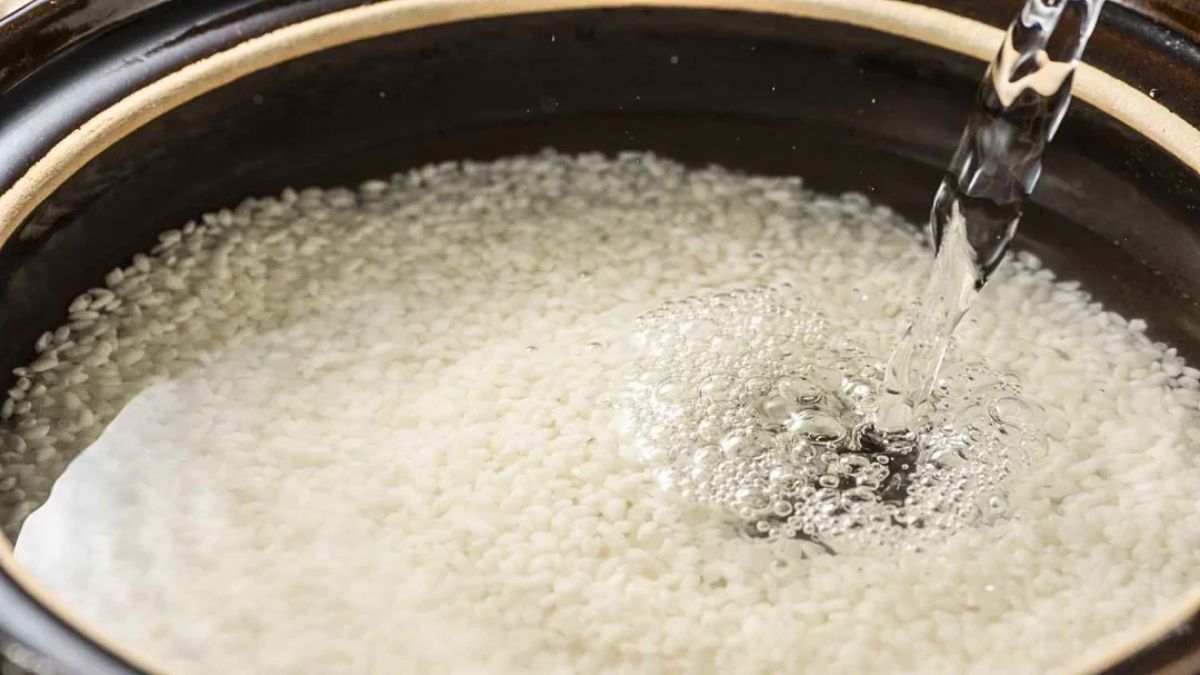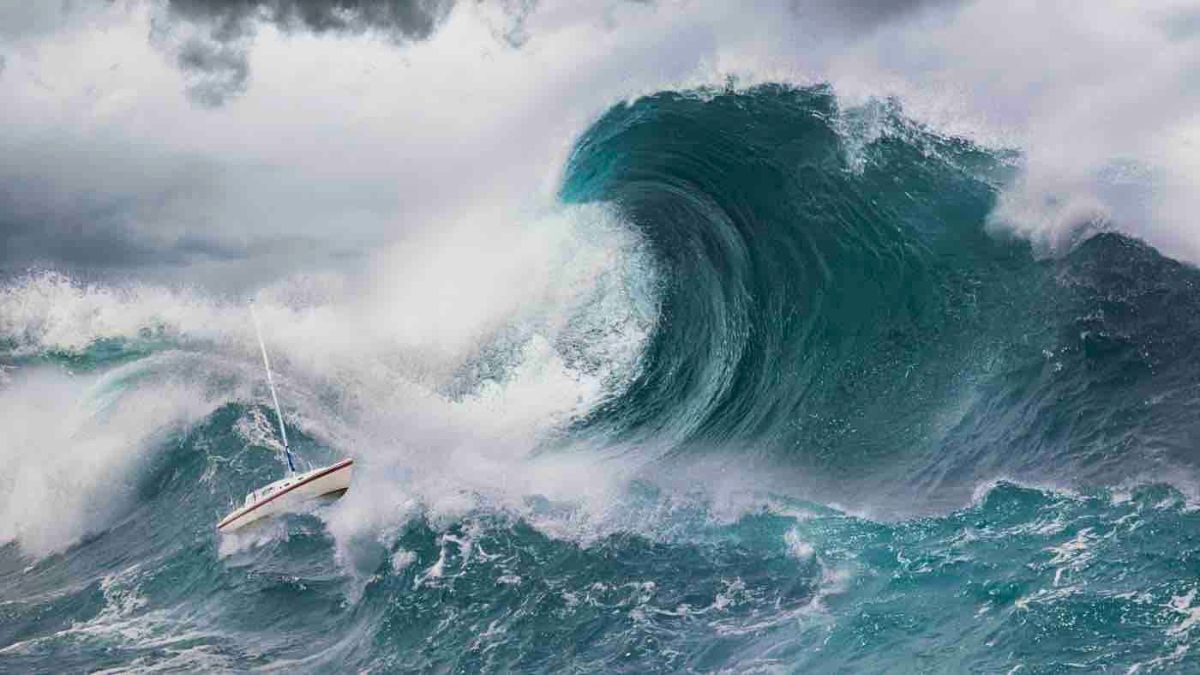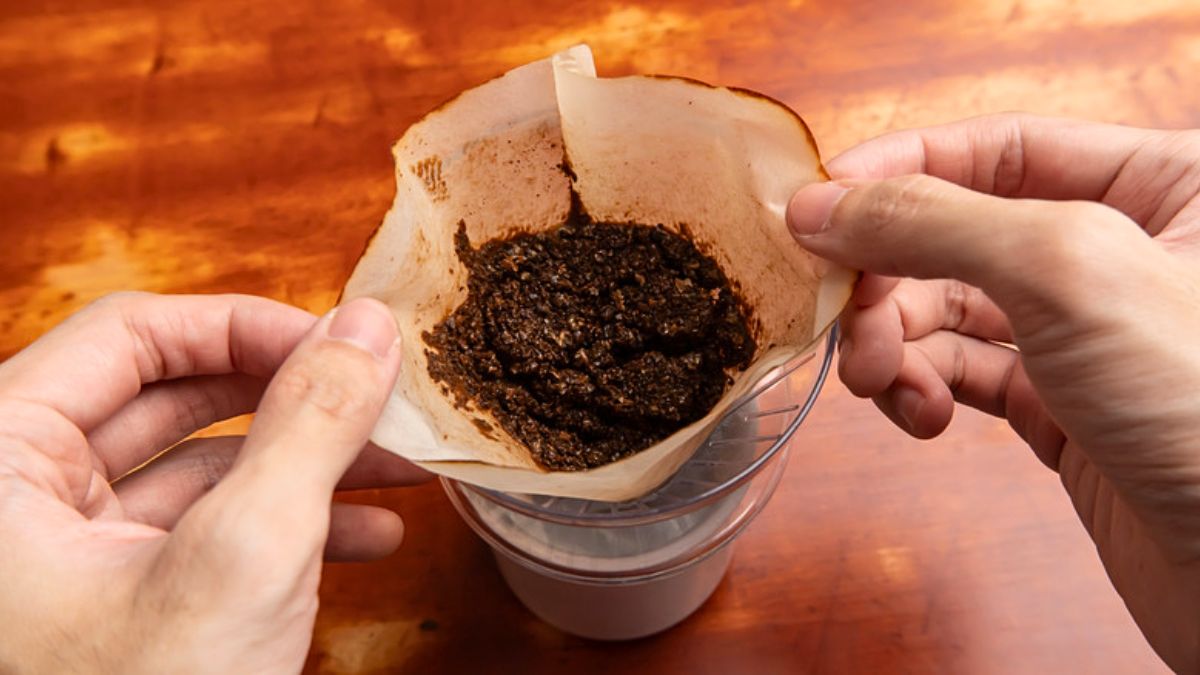Science never fails to surprise. A team from the University of California, Riverside just did what most chemists thought was impossible—they stabilized a wildly unstable molecule called a carbene… in water. That’s a major breakthrough, and the best part? It accidentally confirmed a theory that had been considered absurd since 1958. Let’s cut into why this matters so much.
Background
For over 60 years, a theory by Nobel-nominated chemist Ronald Breslow suggested that vitamin B1 (also known as thiamine) forms a carbene during its natural functions in the body. But there was one huge problem: carbenes aren’t supposed to survive in water. And our bodies are mostly water.
Because carbenes break apart instantly when they touch water, scientists didn’t even bother trying to test this theory—until now.
Carbene
So, what’s a carbene? In simple terms, it’s a molecule with a carbon atom that has only six valence electrons instead of the usual eight. That makes it super reactive—like someone at a party with too much energy and nowhere to put it. As soon as it hits water, it usually falls apart instantly.
And yet, these oddballs are really important. Carbenes play a huge role in making medicines, plastics, and fuels. But they’ve always needed fancy, expensive, and toxic solvents—because water was off-limits. Until now.
Discovery
Enter Vincent Lavallo and his research team. They weren’t even trying to confirm Breslow’s theory. They were just experimenting with different chemical reactions. Then, boom—they accidentally ended up with exactly what Breslow predicted back in 1958. Talk about a happy accident!
They found a way to keep the carbene alive in water. And not just for a few seconds—it stayed stable for months.
Protection
How did they do it? Simple answer: they dressed the carbene in armor.
Using smart chemical engineering, the team created a kind of molecular suit—a protective layer that shields the carbene from water. It’s like giving the molecule a raincoat so it doesn’t freak out in a storm.
Thanks to this “armor,” they could study the carbene using powerful tools like X-rays and nuclear magnetic resonance. That’s something scientists had only dreamed of until now.
Impact
So, why should you care about some funky molecule in a lab? Because this breakthrough could completely change how chemicals are made.
Imagine making medicines or materials using water instead of toxic solvents. It would be safer, cheaper, and way more eco-friendly. This could be the turning point for making chemistry more sustainable—and greener than ever before.
Turning
This discovery could also change how we understand life itself. If scientists can now observe short-lived molecules like carbenes in action, we’ll finally be able to see how molecular interactions really work inside the body. No more guesses. Just pure, visible science.
As Lavallo said, we might be entering a new era of biological chemistry, where nothing is just a theory anymore—we’ll actually watch the chemistry of life unfold in real time.
And all because someone accidentally found the answer to a 1958 mystery. That’s science at its best.
FAQs
What is a carbene?
A carbene is a highly reactive molecule with only six valence electrons.
Why is water a problem for carbenes?
Carbenes break down instantly when they come into contact with water.
Who proposed the original theory?
Ronald Breslow suggested in 1958 that vitamin B1 forms a carbene.
How was the carbene stabilized?
Chemists created a protective ‘molecular armor’ to shield it from water.
Why is this discovery important?
It could lead to greener, safer ways to make medicines and materials.

